
Land Rover Freelander Station Wagon (2006-2014) engines, drive and performance

Diesel is the sole fuel choice available when exploring Land Rover Freelander performance credentials.
Diesel engines
There are two versions of the 2.2-litre turbodiesel and they come in 150- and 190bhp forms. For the two-wheel drive model, the engine is referred to as the eD4, while all-wheel-drive Freelanders are called TD4. The 190bhp models earn the name SD4 to differentiate them from the lower-powered models. In two-wheel-drive form with the six-speed manual gearbox, the Freelander takes 11.7 seconds to get form 0-62mph, while the all-wheel drive TD4 requires the same time but cuts this to 11.2 seconds with the six-speed automatic transmission. Go for the 190bhp engine and you enjoy 0-62mph in 9.5 seconds, with all SD4 models using the auto ’box. The engine pulls smoothly, feels strong and is refined. The automatic gearbox has well judged shifts and the auto stop-start that helps save fuel works seamlessly.
Parkers recommends
The 150bhp eD4 engine offers enough power and performance for most Freelander owners’ needs and it has the cheapest running costs.
The Freelander may be refined and upmarket, but it is still very much a capable off roader in the Land Rover tradition. What may surprise many is how good it is on the road too. It’s very composed through corners and body roll is kept well in check, while the steering is nicely weighted and responsive. In fact, the Freelander feels like an ordinary family car, rather than a 4x4.
The suspension is impressive too and the supple ride means long motorway journeys are comfortable. All models above the basic S version are fitted with a simple-to-use off-road system (controlled by a dial on pre-2013 Freelanders, by switches on 2013-onwards models) which can be altered depending on what terrain you’re driving in (such as grass/gravel/snow, mud ruts and sand as well as a tarmac mode).
This then alters the car’s electronics – including many of the Freelander’s electronic safety devices – to best deal with the driving conditions. Tested on sand dunes the Freelander certainly proved itself in deep sand which bodes well for other challenging driving in mud or snow.


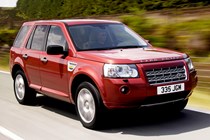
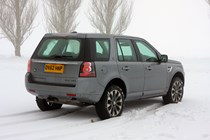
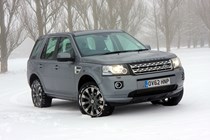
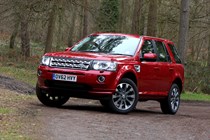
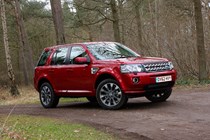
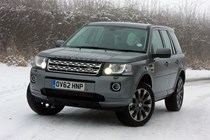
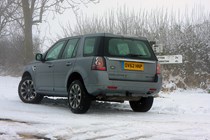
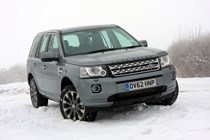
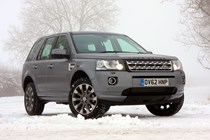
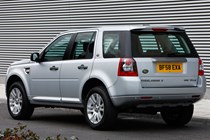
.jpg)
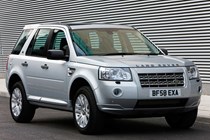
.jpg)
.jpg)
.jpg)
.jpg)
.jpg)
.jpg)
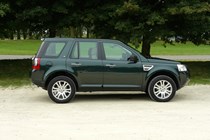
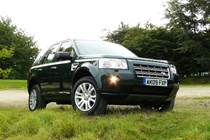
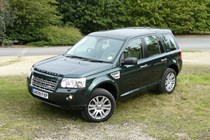
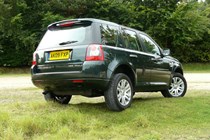
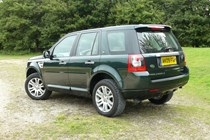
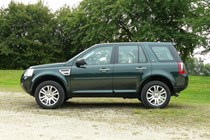
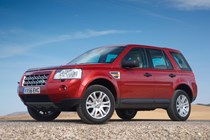
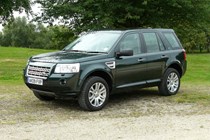
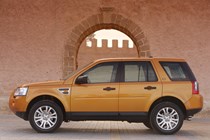
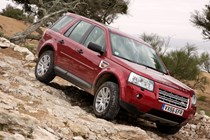
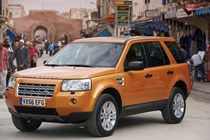
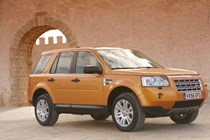
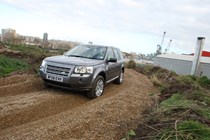
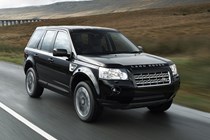

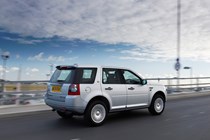

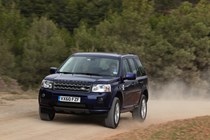

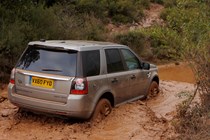
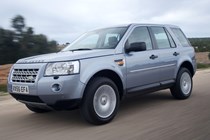
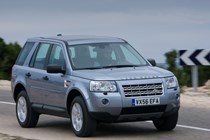
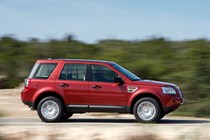
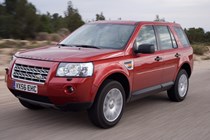
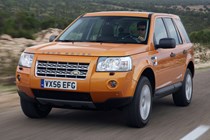
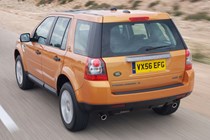
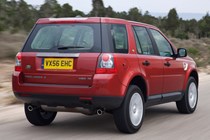
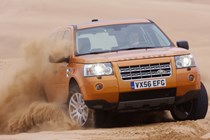
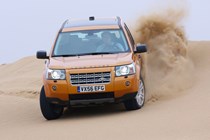
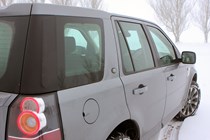
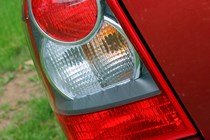
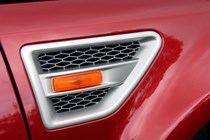
.jpg)
.jpg)
.jpg)
.jpg)
.jpg)
.jpg)
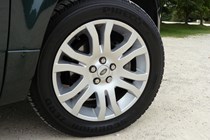
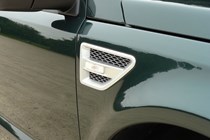
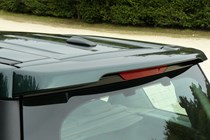
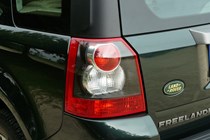
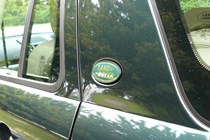
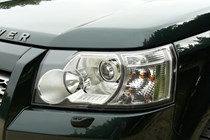
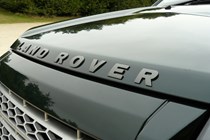
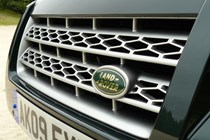
.jpg)

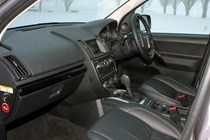
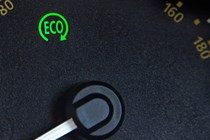
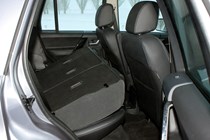
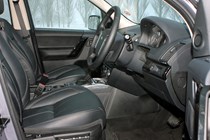
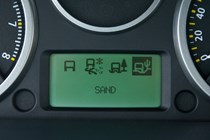
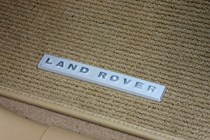
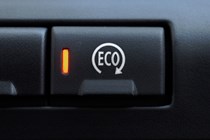
.jpg)
.jpg)
.jpg)
.jpg)
.jpg)
.jpg)
.jpg)
.jpg)
.jpg)
.jpg)
.jpg)
.jpg)
.jpg)
.jpg)
.jpg)
.jpg)
.jpg)
.jpg)
.jpg)
.jpg)
.jpg)
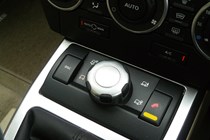
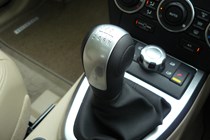
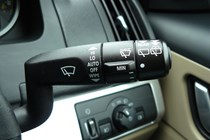
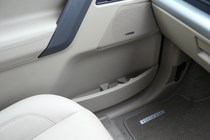
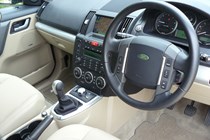
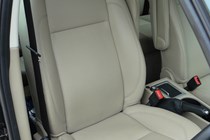

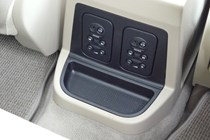
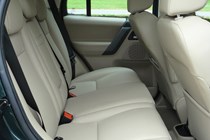
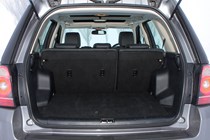
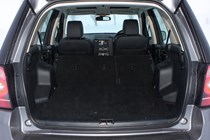
.jpg)
.jpg)
.jpg)
.jpg)
.jpg)
.jpg)
.jpg)
.jpg)
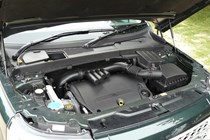










.jpg?quality=50)

.jpg?quality=50)
.jpg?quality=50)
.jpg?quality=50)
.jpg?quality=50)
.jpg?quality=50)
.jpg?quality=50)
































.jpg?quality=50)
.jpg?quality=50)
.jpg?quality=50)
.jpg?quality=50)
.jpg?quality=50)
.jpg?quality=50)








.jpg?quality=50)








.jpg?quality=50)
.jpg?quality=50)
.jpg?quality=50)
.jpg?quality=50)
.jpg?quality=50)
.jpg?quality=50)
.jpg?quality=50)
.jpg?quality=50)
.jpg?quality=50)
.jpg?quality=50)
.jpg?quality=50)
.jpg?quality=50)
.jpg?quality=50)
.jpg?quality=50)
.jpg?quality=50)
.jpg?quality=50)
.jpg?quality=50)
.jpg?quality=50)
.jpg?quality=50)
.jpg?quality=50)
.jpg?quality=50)











.jpg?quality=50)
.jpg?quality=50)
.jpg?quality=50)
.jpg?quality=50)
.jpg?quality=50)
.jpg?quality=50)
.jpg?quality=50)
.jpg?quality=50)
